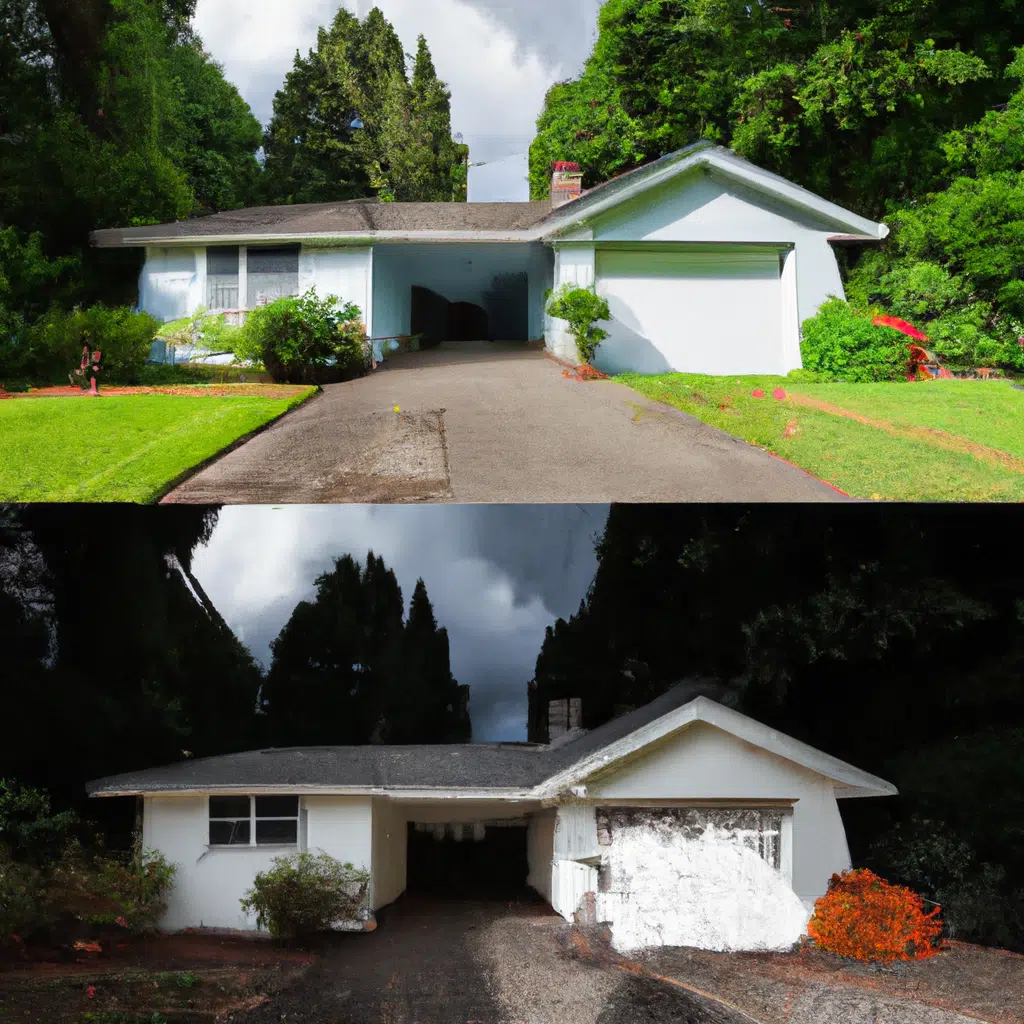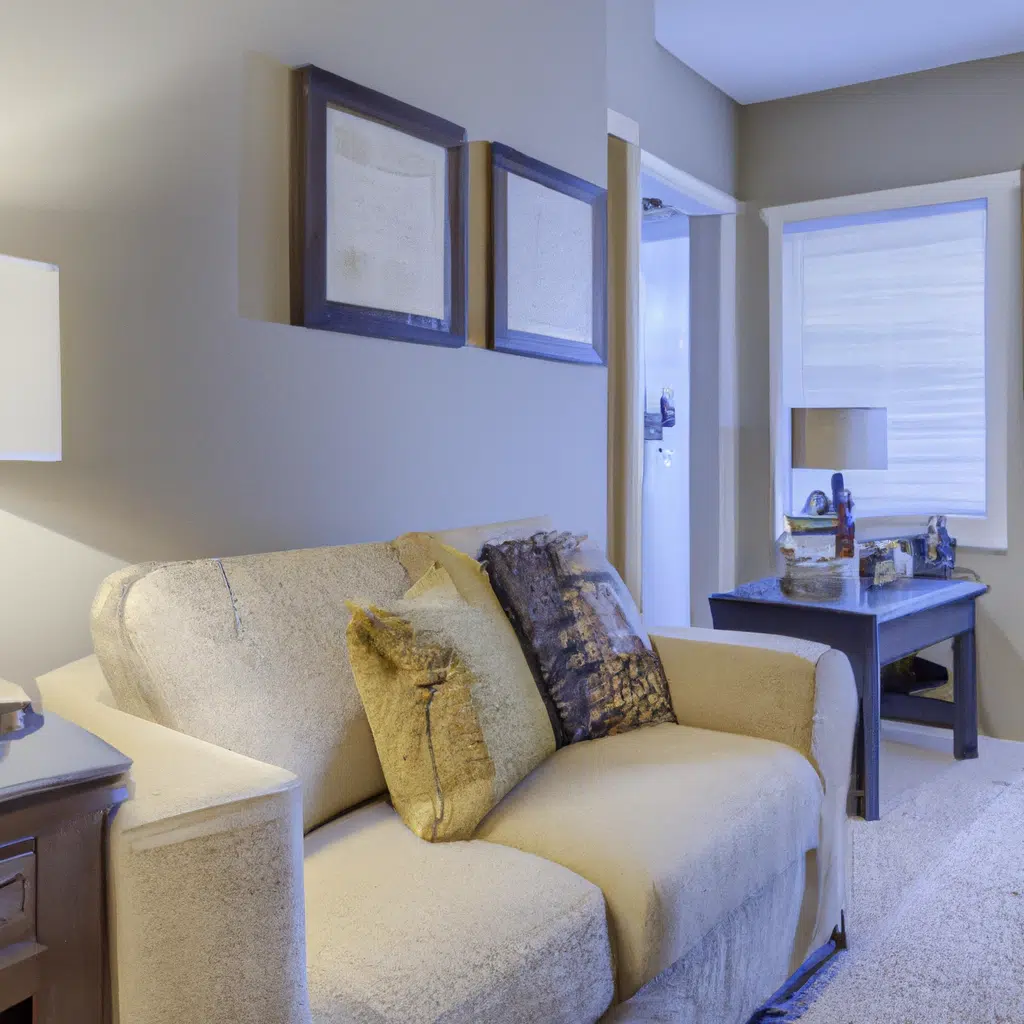Creating a productive workspace in a small office can be challenging. Not having enough space can lead to clutter, distraction, and disorganization, which can reduce productivity. However, with the right strategies, you can optimize your workspace and create a more efficient, effective, and productive environment. In this article, we will provide you with a comprehensive guide on how to create a productive workspace in a small office.
Assess Your Space
To create a productive workspace, you need to start by assessing your space. This involves taking an inventory of the available space, the furniture, and the equipment you have. You should also consider the lighting, ventilation, and temperature of the space. By doing so, you can identify the areas that need improvement and develop a plan to optimize your workspace.
Plan Your Layout
Once you have assessed your space, you should plan your layout. This involves deciding where to place your furniture, equipment, and other items. You should aim to create a layout that maximizes the available space and minimizes clutter. You can do this by using storage solutions such as shelves, cabinets, and drawers. You should also consider the flow of your workspace and ensure that you can move around easily.
Optimize Your Lighting
Lighting is an important factor in creating a productive workspace. Poor lighting can cause eye strain, headaches, and fatigue, which can reduce productivity. Therefore, you should optimize your lighting by using natural light, if possible, and adding artificial lighting where needed. You should also use adjustable lighting to control the brightness and avoid glare.
Enhance Your Comfort
Comfort is another important factor in creating a productive workspace. You should ensure that your furniture and equipment are comfortable to use and do not cause discomfort or pain. You can do this by using ergonomic furniture and equipment such as chairs, keyboards, and mice. You should also take breaks and move around regularly to avoid sitting for long periods.
Reduce Distractions
Distractions can be a major obstacle to productivity. Therefore, you should aim to reduce distractions in your workspace. You can do this by using noise-cancelling headphones or background music to block out noise. You should also minimize visual distractions by organizing your workspace and avoiding clutter.
Create a Schedule
Creating a schedule is an effective way to increase productivity. You should create a schedule that outlines your tasks, deadlines, and priorities. This will help you stay focused and avoid procrastination. You should also use tools such as calendars, timers, and to-do lists to stay organized and manage your time effectively.
Stay Motivated
Finally, staying motivated is essential to creating a productive workspace. You should find ways to stay motivated and focused, such as setting goals, rewarding yourself for accomplishments, and surrounding yourself with positive influences. You should also take breaks and engage in activities that help you relax and recharge.
Conclusion
Creating a productive workspace in a small office requires careful planning, organization, and optimization. By assessing your space, planning your layout, optimizing your lighting, enhancing your comfort, reducing distractions, creating a schedule, and staying motivated, you can create an efficient, effective, and productive workspace. Remember that productivity is not just about working harder, but also about working smarter. With the right strategies and mindset, you can achieve your goals and succeed in your small office.



